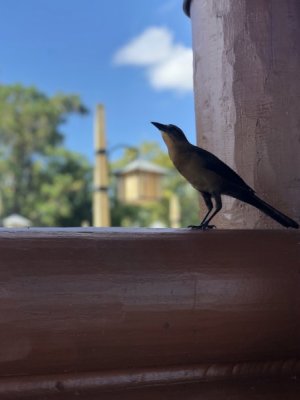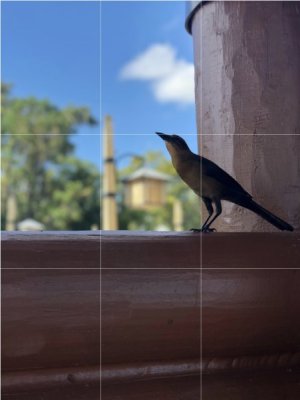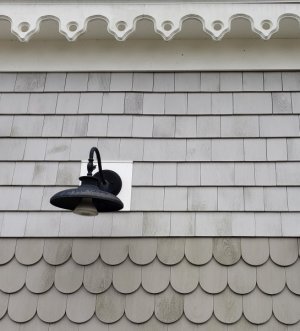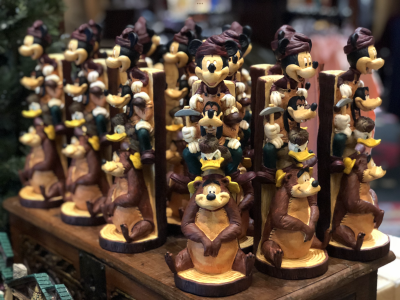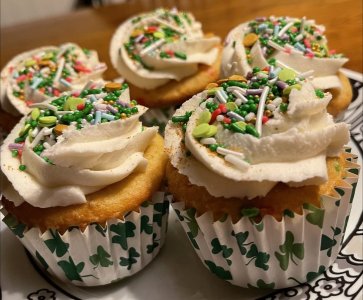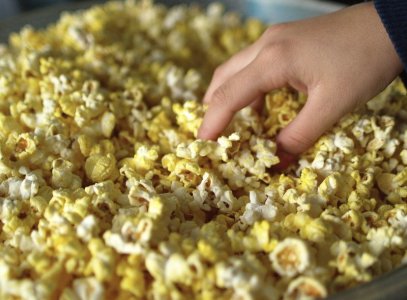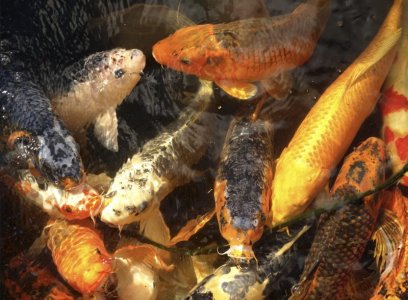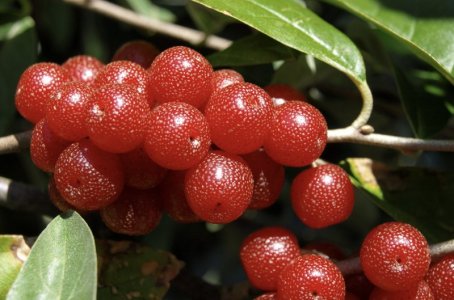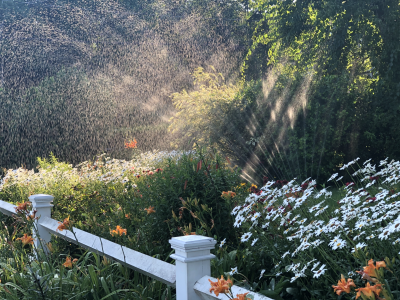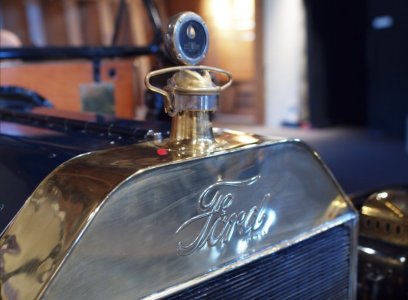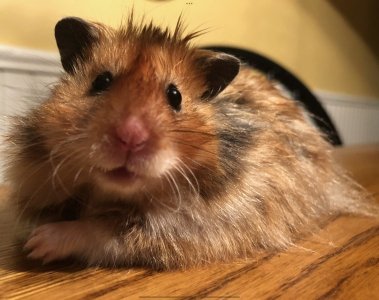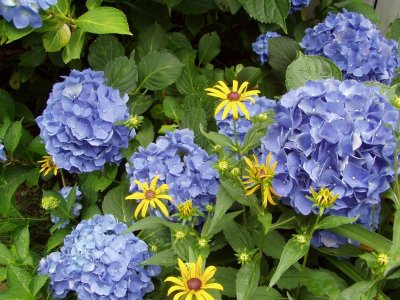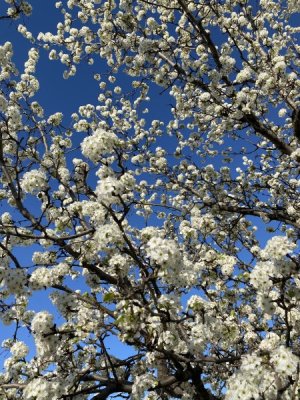Here are some of my pictures that I think show a sense of texture.
Dragonfly in a Southeast Texas Swamp
Canon 5D Mark III, 600mm, f/11, 1/125s, ISO 1600 - I like the detail on the wings and legs. The legs look "prickly" to me and the wings look delicate. Incidentally, I've used this as an illustration that DOF and aperture are related, but when you focus on something relatively close (I think I had an extension tube between the camera and the lens to let me get closer), use a long lens, and shot with a background that is relatively far from the subject, even f/11 can give you an extremely blurred out background.
Firedrake at the Houston Zoo
Canon 5D Mark III, 200mm, f/16, 1/5s, ISO 800.
I like the feel of reptilian skin I get from this picture. When taking pictures of critters in glass cages, I like to press my lens cover directly on the glass. That does several things. First, it stabilize the camera (notice the 1/5 second shutter speed for a 200mm shot). It also forces you to shoot straight through the glass, which reduces optical distortions. Finally, it blocks most of the light reflected from the glass. The downside is that you can't really "aim" your camera aside from moving it up/down/left/right. Also notice that I'm shooting at f/16 and the background is still blurred. I'm pretty sure that I was using an extension tube for this shot as well.
Lake Michigan Sunset
Canon 5D Mark III, 24mm, f/8, 30s, ISO 100
I love long exposures of water. They convert the motion of the water into more of a soft, misty look. To get a 30 second shutter speed, I used an 8 stop ND filter.
Side of a zebra
Canon 7D Mark II, 300mm, f/2.8, 1/800s, ISO 400
I like both the abstract pattern of the zebra fur and the fuzzy texture of the fur. I find that the "texture" slider in Lightroom is really good for enhancing or taming the fuzziness of animal fur. And the clarity slider is useful for enhancing the sense of detail (like in the dragonfly picture above).




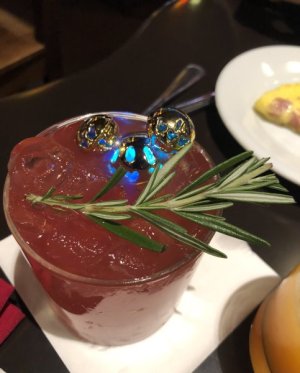
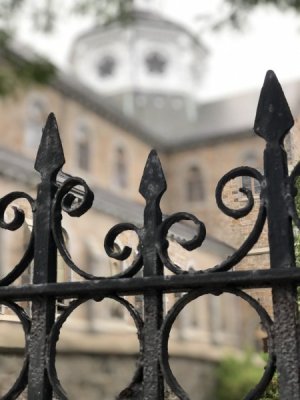
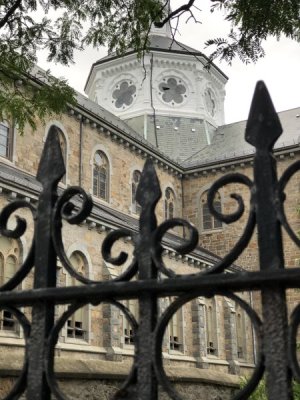
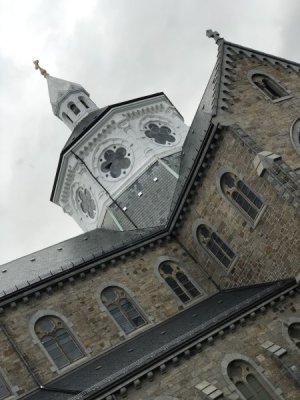
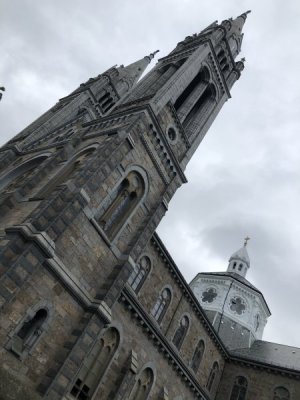
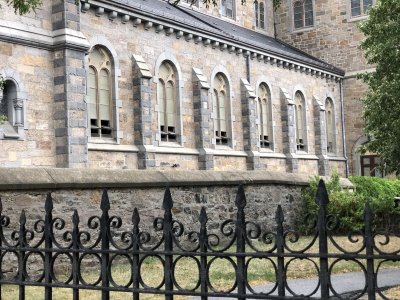
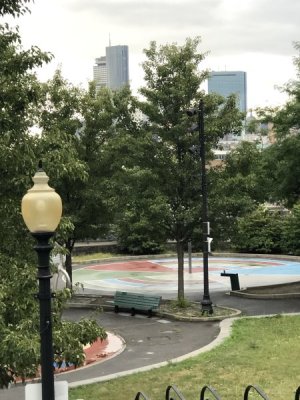
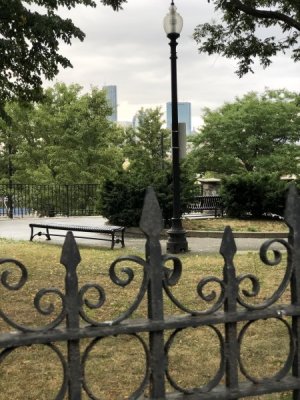
 So I spent years doing just that. Until I realized how much more fun it was to take better photos than that.
So I spent years doing just that. Until I realized how much more fun it was to take better photos than that. 